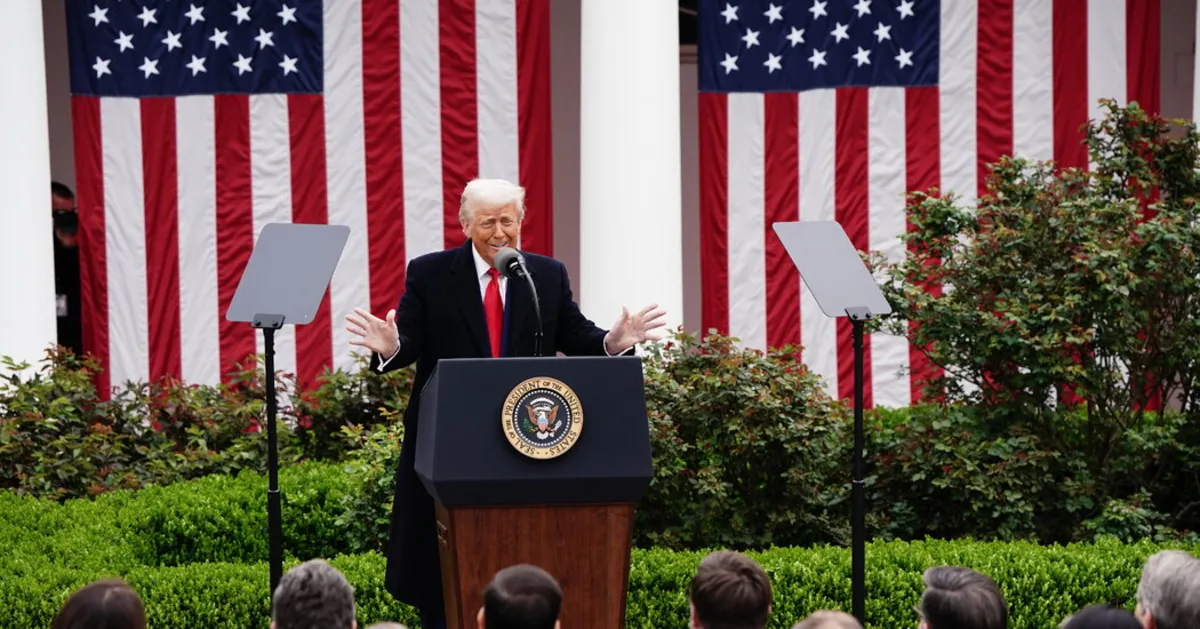
President Donald Trump has recently announced a significant shift in economic policy that is poised to reshape international trade relations. The introduction of sweeping tariffs on America's trading partners is not only widening the rift with some of the nation’s closest allies but also reconfiguring the entire global economic order. This plan, which Mr. Trump unveiled on a Wednesday, is described as “reciprocal,” indicating a strategy that responds to the tariffs imposed by other countries on U.S. exports.
Among the major economies most affected by these new tariffs are the European Union and China. Under the newly proposed plan, the EU will be subjected to a hefty 20 percent tariff, while China faces an additional 34 percent on top of existing levies. This substantial increase in tariffs has stirred concern among trade experts and economists alike. Eswar Prasad, a professor at the Dyson School at Cornell University, commented, “The scope and size of tariffs are both substantial and confirm the worst fears of the proponents of free trade. Trump is setting off a new era of protectionism that will reverberate worldwide.”
Interestingly, Mexico and Canada, two of the United States’ biggest trading partners, will not be subjected to any new tariffs beyond those already announced, which include levies on imported vehicles, vehicle parts, steel, aluminum, and other goods not covered under the rules of the U.S.-Mexico-Canada Agreement (USMCA). This selective approach to tariffs indicates a strategic effort to maintain strong trade relations with North American partners while addressing perceived inequities in trade practices globally.
The new tariff regime introduces a baseline 10 percent tariff on all countries except Canada and Mexico, with additional tariffs determined by the rates other nations apply to U.S. exports and other barriers deemed unfair by the administration. Notably, Asian countries are set to bear some of the most significant impacts, with tariffs on countries like Japan and India exceeding 20 percent. Nations such as Vietnam, Cambodia, Bangladesh, and Sri Lanka could see even steeper tariff rates, further complicating trade dynamics in the region.
The implications of President Trump's tariff announcement are profound and far-reaching, potentially leading to a fundamental transformation of the global trade landscape. As the administration embarks on this new path of economic protectionism, the potential for retaliatory measures and international trade tensions looms large, prompting a need for businesses and consumers alike to stay informed and adaptable in this evolving scenario.